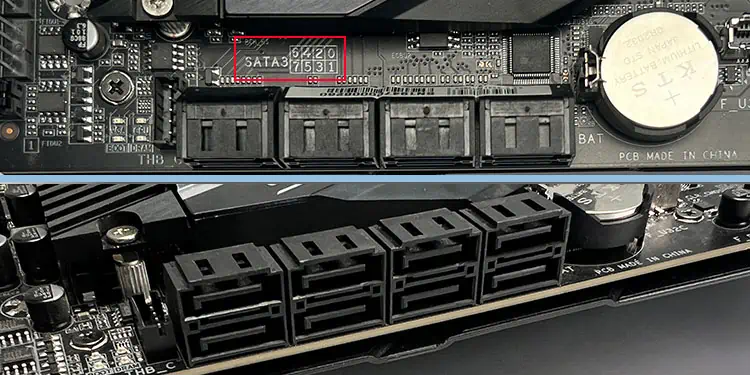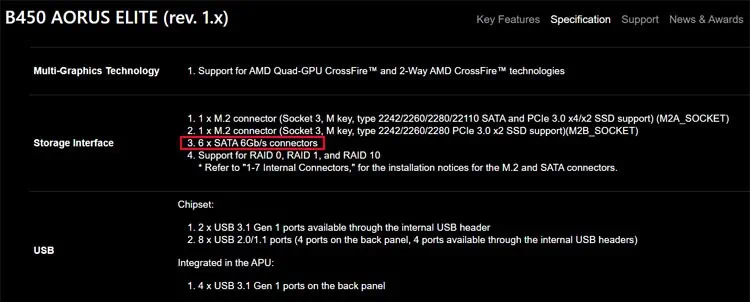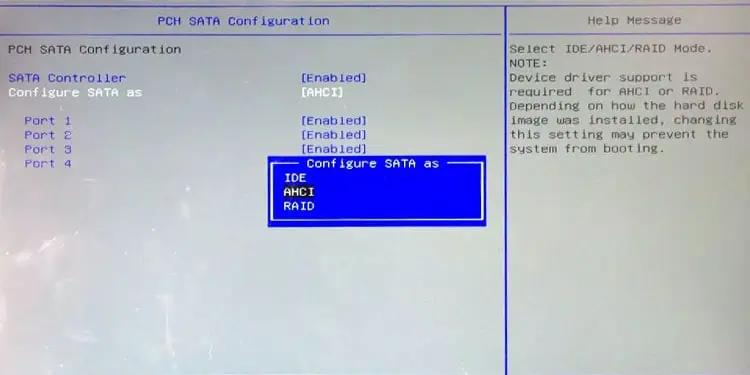After its introduction in 2003, Serial ATA (SATA) quickly overtook the industry to become the most used interface for storage devices until the early 2020s.
SATA interface requires specific ports, cables, connectors, and controllers to communicate between the motherboard and the storage device. All these hardware components also underwent several improvements, which were documented as separate revisions.
Here, I will talk about all the types or revisions of the SATA interface as well as their practical differences, especially in terms of the ports on the motherboard.
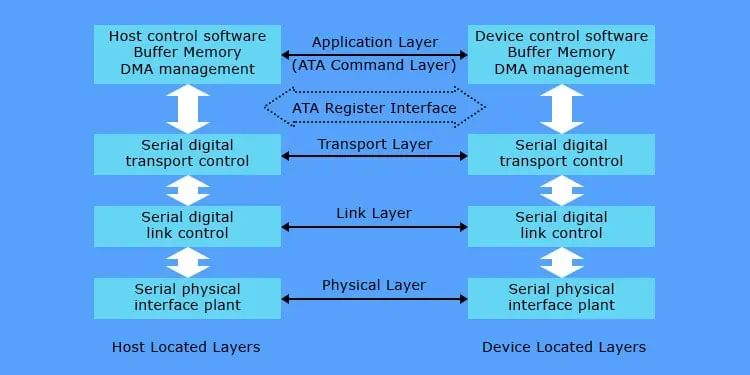
SATA is a computer bus interface that helps connect the storage disks like Hard Disk Drives (HDDs) and Solid-state Drives (SSDs) to the motherboard. Unlike its predecessor PATA, the SATA interface supports a much higher data transmission rate, and its ports, cables, and connectors are not as bulky.
It also has many other improvements, which I’ll touch upon while discussing all the SATA revisions.
SATA interface spans three protocol layers, the Physical layer, the Link layer, and the Transport layer, as shown in the image below. It uses the ATA Command layer for its Application layer.
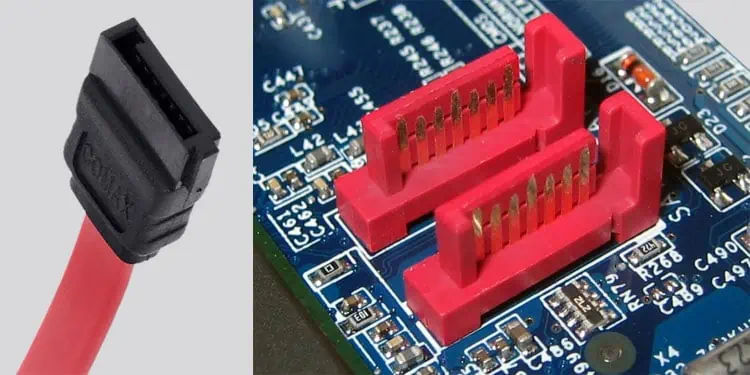
After its initial release, SATA went through several improvements and advancements to overcome the limitations of the Parallel Advanced Technology Attachment (PATA).
Documenting a bunch of improvements, SATA-IO (SATA-International Organization) released the newer SATA versions with different major and minor revisions. Along with the initial release, the SATA interface has three major revisions.
Now, since the industry has started moving to a faster alternative,NVMe, it is unlikely that there will be any further development of SATA.
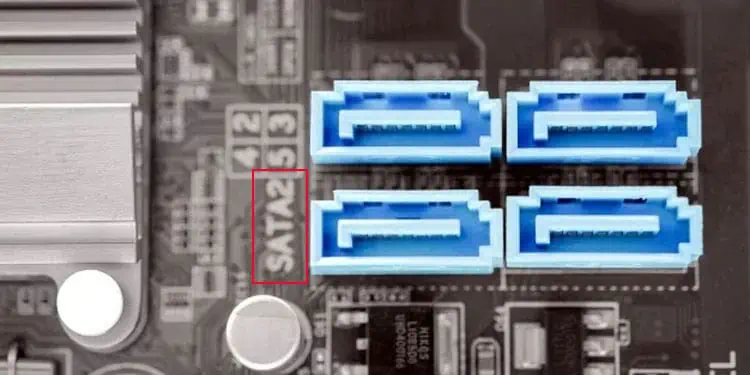
SATA Revision 1 (SATA-I or SATA 1.5 Gb/s)
Released in January 2003, SATA Revision 1.0a supported a native data transfer rate of 1.5 Gbits/s.
It uses 8b/10b encoding, so if we take the 2-bit overhead on each transmitted 10-bit data, the uncoded transfer rate comes down to 1.2 Gbits/s (150 MB/s). It is still an improvement compared to the 133 MB/s provided by PATA.
The SATA-I drives used a bridge chip to make the device compatible with previous PATA ports. But while providing backward compatibility, these drives had to forego SATA features like Native Command Queuing (NCQ). NCQ significantly improves the performance and lifespan of hard drives, but it wasn’t until SATA-II that this feature could be implemented.
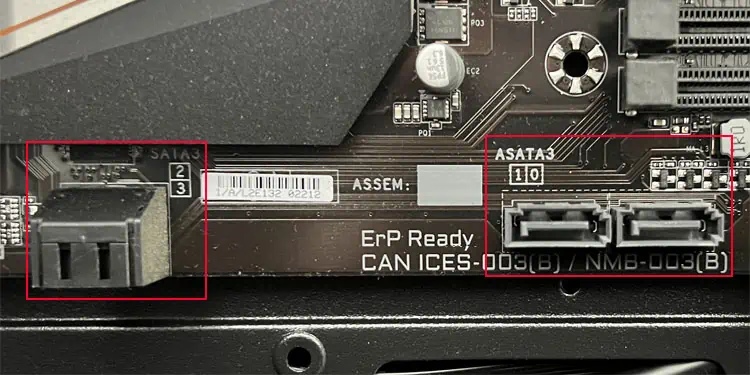
Also, the SATA connectors did not come with locks, and the ports on the motherboard were not durable enough. This led to many instances of loose connections and other issues for the users.
SATA Revision 2 (SATA-II or SATA 3 Gb/s)
